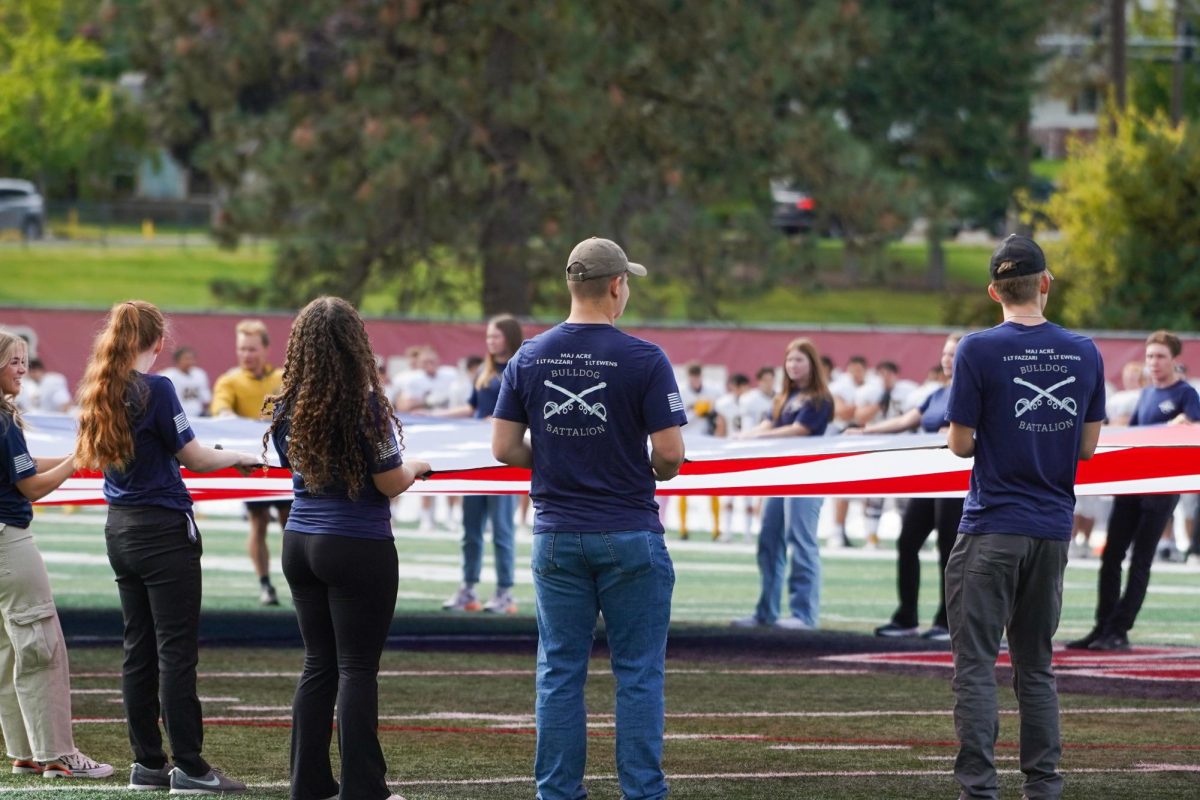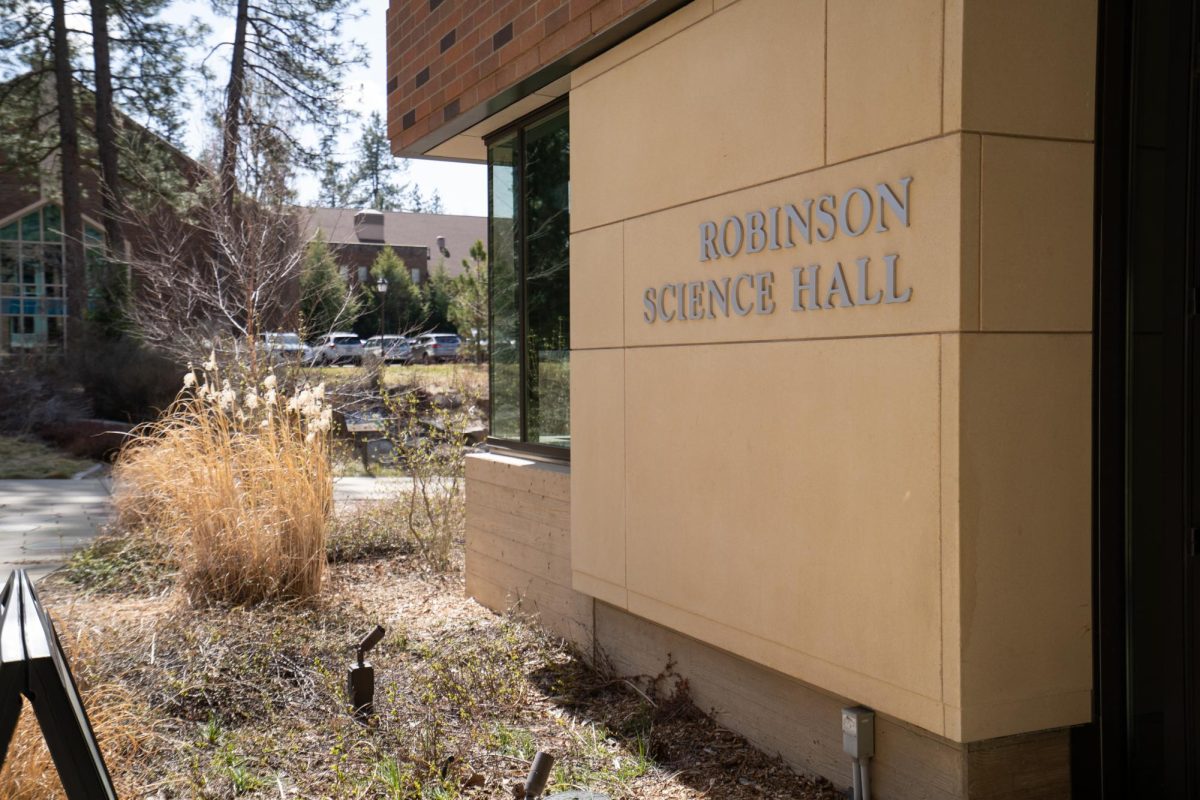Whitworth’s emergency response plan, which outlines response strategies in times of campus emergencies, provides flexibility while still providing a uniform and efficient guide to managing disasters, said the university risk management official who compiled the plan.
The university emergency plan that complies to standards set by the Federal Emergency Management Agency (FEMA) is a departure from previous Whitworth response plans in which emergency procedures have been categorized by incident, said Marisha Hamm, manager of environmental health, safety and risk management, who developed the plan.
“Emergencies aren’t predictable so you can’t have a predictable emergency response plan,” Hamm said. “The whole point of ICS is that you can’t plan emergencies.”
The Whitworth University Emergency Response Plan follows the structure of an Incident Command System (ICS) which is an approach developed by the National Incident Management System (NIMS) and Homeland Security.
Homeland Security developed NIMS and ICS to create “a core set of doctrine, principles, terminology, and organizational processes to enable effective, efficient and collaborative incident management at all levels,” according to the FEMA website.
How the plan works
The Incident Command System designates the Incident Commander as the individual in charge who must evaluate and coordinate necessary actions for a given emergency. At Whitworth, the Incident Commander will most likely be a high-level staff member who has been trained how to implement the Emergency Response Plan.
At Whitworth, the incident commander relies heavily on “building monitors” who know what is going on in their buildings, Hamm said.
“These people are the ‘its’ of Whitworth,” Hamm said. “The Linda Yochums of the HUB, Toni Sutherlands of the Chapel, RA’s of the dorms.”
Additionally, the incident commander reports to the president and cabinet members that comprise the Incident Command Policy Group. The group is also in charge of managing the Emergency Operations Center, a physical location set in place to allow the various functions in emergency response to operate.
While Whitworth’s emergency response plan designates Facilities Services as the location of the operations center, Hamm said mobility and the context of the emergency can largely determine the location of operations.
Security supervisor Mark McFall declined to comment regarding questions on the Emergency Operation Center located in Facilities Services, as outlined in the plan.
Emergency plans were not Hamm’s area of expertise when she joined the Whitworth staff in 2004. She has received six years of training for her position and ICS.
The crash-course process of having to learn about the emergency plan regulations was initially “completely mind-boggling,” Hamm said.
The Incident Commander works with logistics, finance, planning and operation departments that are set up to compartmentalize issues that need to be addressed in cases of emergencies, according to the Emergency Response Plan.
The amount of departments that need to be implemented largely depends on the scale of the emergency. At full capacity, more than 23 departmental units will be in operation.
Although particular staff members are assumed to fulfill certain roles laid out in the organizational chart, there are no set people assigned to the roles with the exception of the policy group.
There is a level of ambiguity with ICS protocol but various exercises have been put in place for staff and students to address uncertainty, Hamm said.
Training includes practice scenarios called tabletops involving cabinet members and the president. The frequency of training has increased from annually to every semester this year.
Uniform language key to response
The history of ICS reaches back to 1970 when the state of California adopted the procedure after experiencing hampered efforts to put out a costly wildfire. The main issues that were identified were that there was a lack of coordination and clear communication between state-wide fire departments and other agencies.
“It’s so critical in [emergencies] that you’re not missing that communication piece,” director of communications Nancy Hines said.
After the events of 9/11, a federal commission further recommended the adoption of ICS to a national level to increase emergency response efficiency.
A main reason why the university updated its emergency plan was to adopt a more universal procedure, university officials said. A basic ICS plan was created in response to a 2003 Homeland Security mandate that sought to develop a national incident management system.
A key difference between the Whitworth emergency response procedures compared to older versions is the lack of a universal language system that can be used between emergency responders outside the college community. The lack of a common language system can pose a challenge during emergencies where several outside agencies needed to be involved.
Additionally, the procedures in the 1994 Whitworth emergency plan are separated by incident types like fire, medical and bomb emergencies. The most current ICS response plan does not separate emergency types, and instead, creates a universal risk management procedure that is aimed to cover all emergency scenarios.
“[The new plan] is not ‘hide under your desk,’” Hamm said. “It’s assess the emergency and address it.”
The change in Whitworth emergency response plans was more revision than a complete overhaul, said Greg Orwig, chief of staff and former director of communications.
The primary aim of ICS is to establish a universal response protocol and uniform communication between groups like police, firefighters and other groups responding to emergencies ranging from local fires to a nation-wide natural disaster, according to FEMA.
“An independent plan is not a good plan, ” Orwig said.
A prototype of a NIMS compliant emergency plan at Whitworth was created in 2004. The response plan template was provided by Homeland Security in which Hamm contextualized ICS protocol to a college campus.
Although there is an initial learning curve in learning the jargon used in ICS, having a common language between different agencies is key for an effective emergency response, Hines said.
Expecting students to know and follow the Emergency Response Plan is unrealistic, Orwig said. The expectation is that the staff and leaders trained in response protocol will direct students during emergencies, he said.
“The fact that students don’t know the ERP page by page shouldn’t be the concern,” Orwig said.
Although the Emergency Response Plan largely applies to how staff members need to respond in emergencies, there are systems in place to notify students and faculty members in times of crisis.
Rave and Safe Connect are campus communication systems implemented by the Information Systems department to notify students, staff and faculty when immediate alerts are essential.
“Generally we feel pretty safe [at Whitworth] but we don’t know what might happen,” Information Systems director Ken Brown said.
Rave is a short message service notification system implemented in 2010 by Whitworth that alerts cellphone subscribers during emergencies. The system also has an additional function capable of sending campus-wide or group-specific e-mails to anyone in the Whitworth network.
An SMS notification system was put in place partly because of the 2007 Virginia Tech shooting, Brown said.
No SMS emergency notification system had been implemented prior to Rave.
Currrently, 23 percent of students and 27 percent of Whitworth employees have subscribed to Rave, based on data provided by Information Systems. Although less than a quarter of students have subscribed, Brown said a 100 percent student coverage is not necessary.
“It’s pretty rare that people are truly alone on campus,” Brown said. “Whitworth will be in good shape with a 50 percent coverage.”
The Safe Connect System is capable of taking over any computer connected through the Whitworth network by creating a pop-up alert that can override the monitor, whether a professor is giving a PowerPoint lecture or if students are checking their e-mail.
The Information Systems department is planning to unroll a new web portal application for the next academic year similar to a Google home page where e-mail, calendar, Whitnet and other services can be accessed in one location.
Additional methods to supplement current communication systems include electronic display boards on campus.







 Spokane?
Spokane?